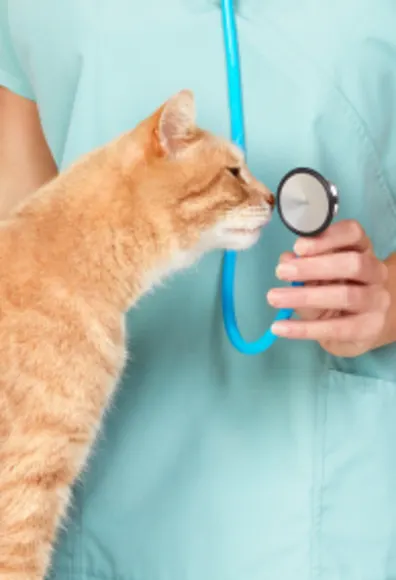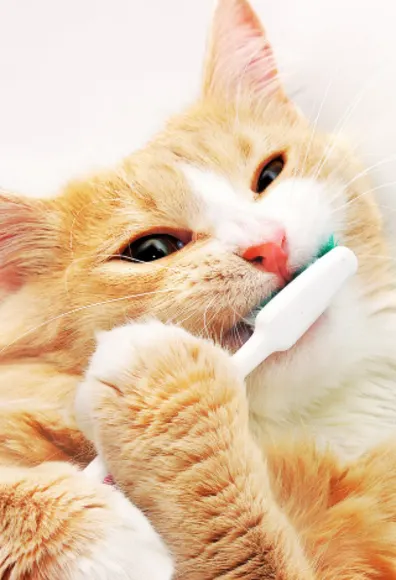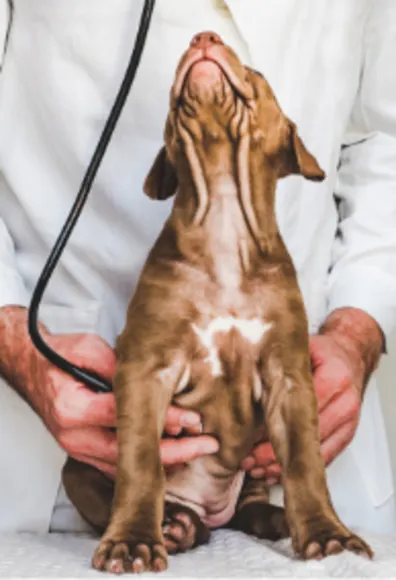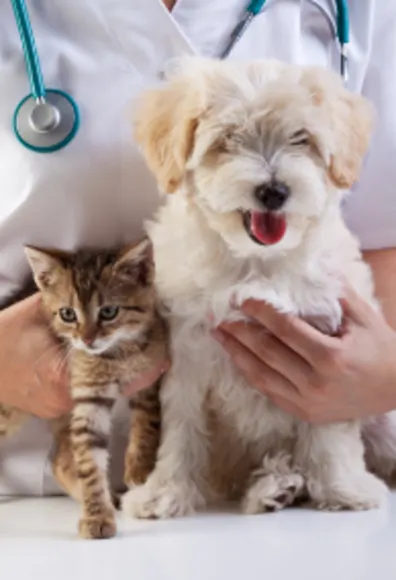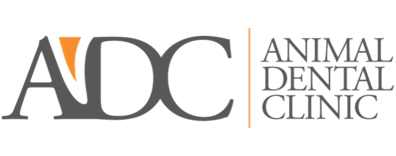Animal Dental Clinic

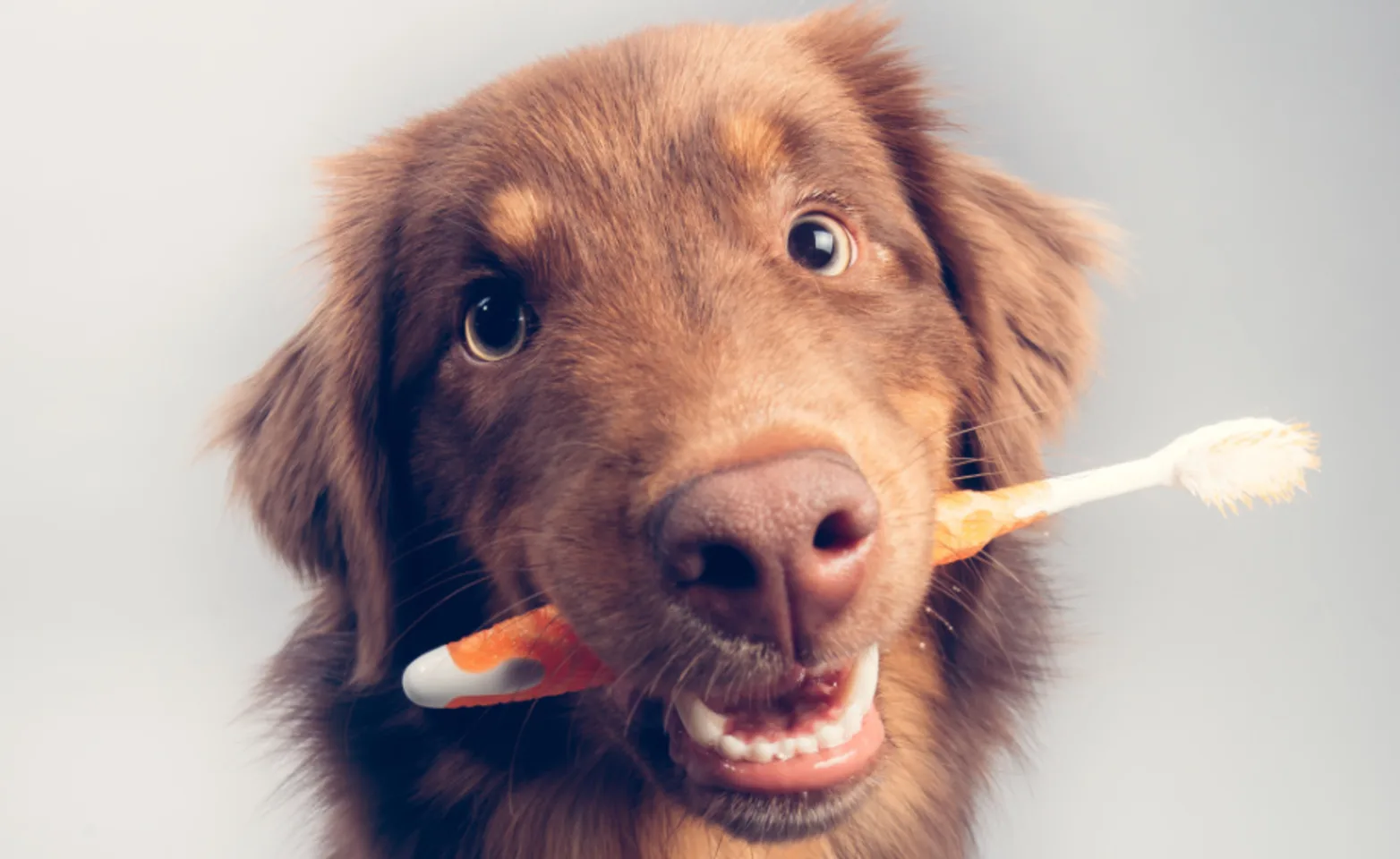
Specialty Veterinary Dentistry Does Exist
Many people are surprised to hear that the specialty of veterinary dentistry and oral surgery exists; they’ve simply never considered that pets need dental care or oral surgery. In many ways, the field is similar to human dentistry and oral surgery, but there are also some important differences.
A pet’s mouth does important work; the most obvious job is picking up food, chewing, and swallowing. Other jobs that one might not think of as readily are defense, grooming, breathing and cooling.
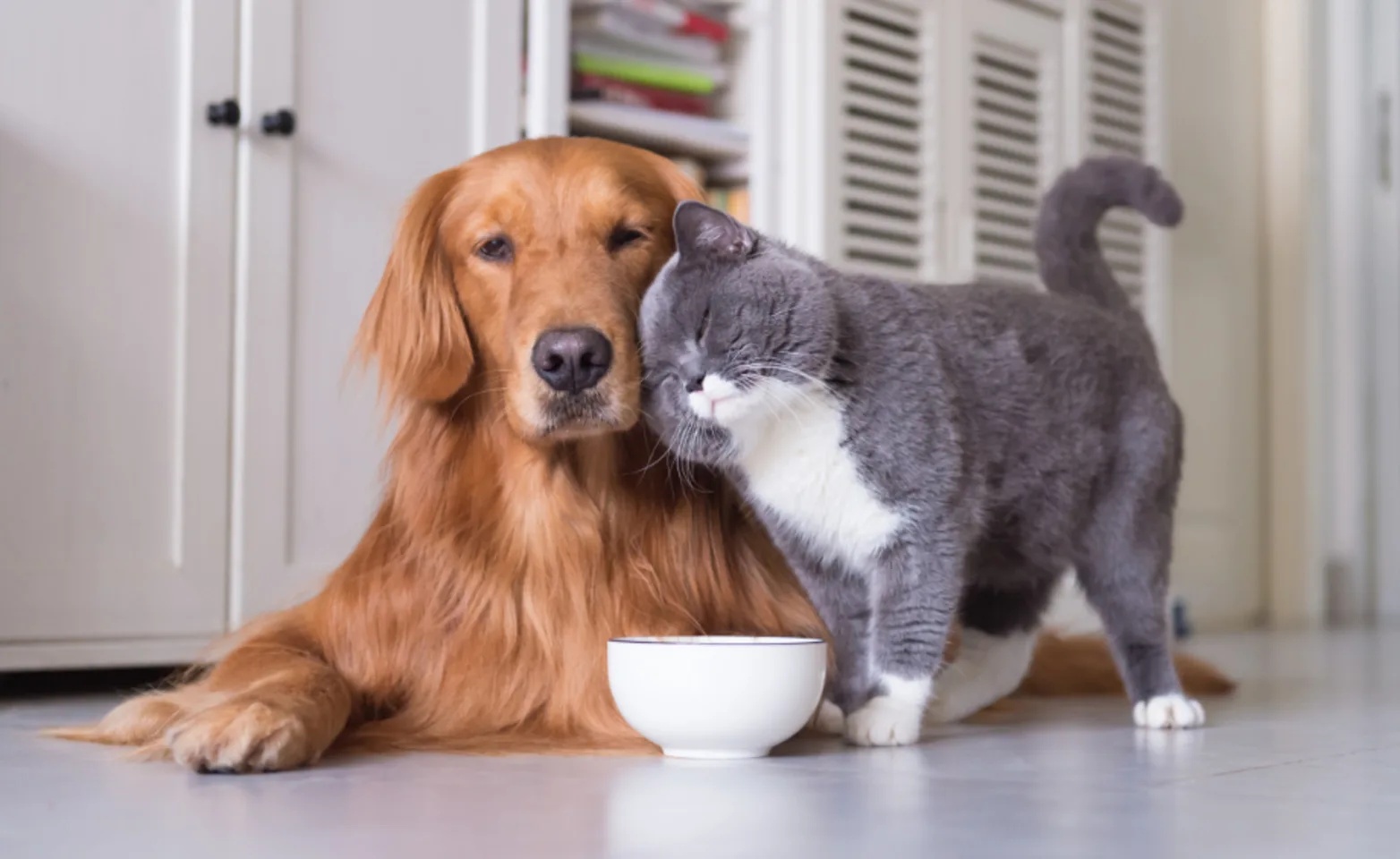
Helping Pets Be Their Best
Performance or service animals may have to use their mouths to do very specific tasks like retrieving and apprehending. These jobs may not be done well if the mouth is painful or doesn’t function properly. Further, this pain or dysfunction can go on to affect a pet’s overall well-being. Most people know how uncomfortable a toothache can be, and are quick to go to their dentist for relief. Our pets can’t tell us when something is wrong, but even if they could, they likely wouldn’t, since animals tend to hide that something is wrong to the best of their ability. This is why a proactive approach to a pet’s oral care needs is warranted.
